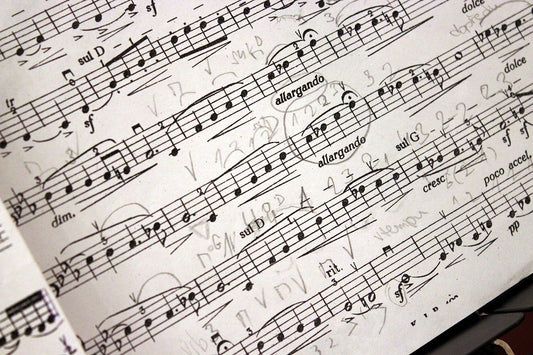"When approaching room construction, treatment, and/or setup, where does the balance lie between maintaining a "live" room and flat frequency response? How do you achieve that balance? And, are there measurements and measurement tools for getting there?"Great question, Mike. Room dimensions and treatment are some of the most critical aspects of good sound reproduction I know of. And, the problem is, of course, most of us cannot control the room in which we place our sound systems. For the lucky few who can build the room of their dreams, there are some dimensional tools available. Opinions vary on the ideal room dimensions but the one we used was a modification of what's commonly known as the Golden Ratio, first made known by the ancient Greeks. The classic Golden Ratio is 1 x 1.6 x 2.56 (Height, Width, Length). In this simple formula, you first take the ceiling height and multiply it times the first ratio (1.6) to calculate room width. Next, take the ceiling height and multiply it by the second ratio, to get room length. So, for example, if the ceiling is 8 feet high, the room width becomes 12.8' (8 x 1.6) and the room length would then be 20.48' (8 x 2.56). In Music Room One we employed a more modern ratio system favored by recording engineers. That ratio is 0.6 x 1 x 1.62, which gave our most important listening space dimensions of 9' high, 15' wide, 24' long This more modern version of the Golden Ratio gives a pretty smooth response and it's what I recommend to people considering building their own environment. This answer some of Mike's question. We'll tackle the live/dead question tomorrow.
Critical room dimensions
by Paul McGowan
As promised, I have been handed a small group of questions that are better answered in print than 'in person' via video. These were asked in our new section, Ask Paul.
The first of these questions that we tackle in written form is from Mike in Pasadena, California.
- Choosing a selection results in a full page refresh.
- Opens in a new window.








